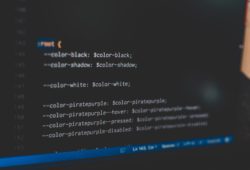Java classes and objects explained
In this blog post, I will be explaining the distinction between classes and objects. The most important thing to understand about a class is that it defines a new data type. Once defined, this new type can be used to create objects of that type.
public class Book {
String bookName;
String bookAuthor;
}
This is a very simple class called Book. This class keyword is used to declare a class.You can see here that I’ve declared some variables in the class. These variables are called instance variables or fields. This Book class acts as a template and we can create many books using this class. Now consider the following code snippet:
public class Demo {
public static void main(String args[]){
Book book = new Book();
}
}
The first line creates a new object of type Book and assigns it to the variable book. This object book will have its own copies of the variables bookName and bookAuthor. Each object contains its own copy of each instance variable defined by the class. A class acts like a template, it has no memory allocated to it,the objects of the class occupy actual memory.
The new operator dynamically allocates memory for the object. It should be followed by the name of the class whose instance is being created. The class name followed by parentheses specifies the constructor.
So to summarize, a class creates a new data type that can be used to create objects. That is, a class creates a logical framework.When you declare an object of a class, you are actually allocating memory. Thus, a class is a logical construct. An object has physical reality.

